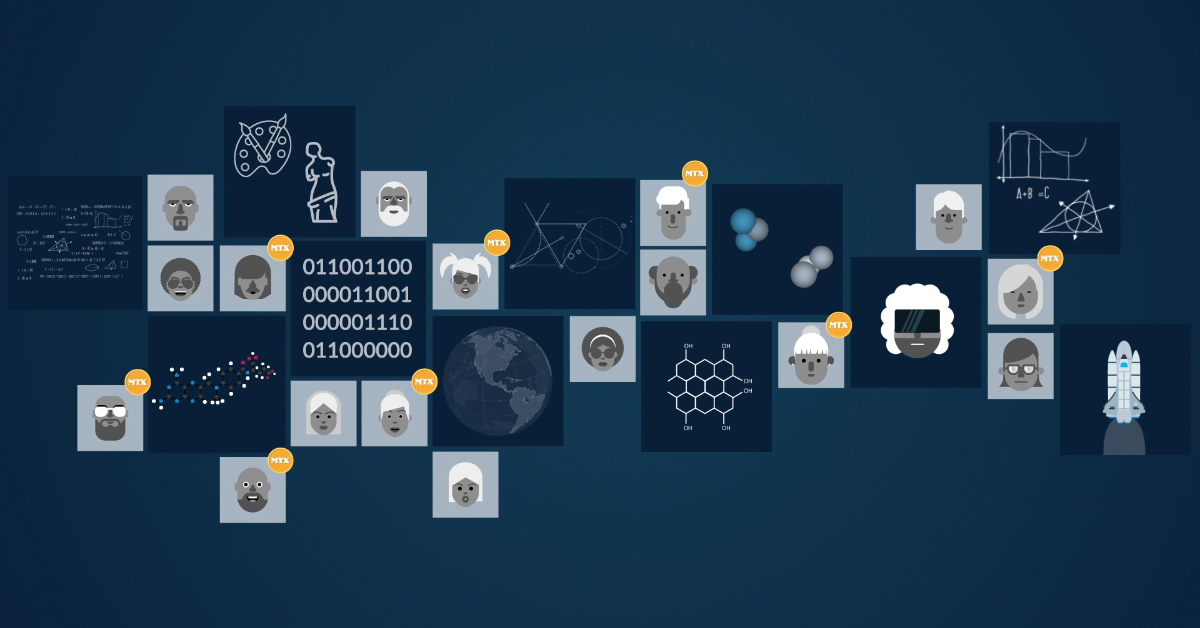First of all, why would science need any help?
It’s not just Nobel prizes and disruptive breakthroughs, you know.
Not only are scientists tasked with solving the world’s most complex problems, they also face the risk that someone else may be credited for their work. Additionally, there is fierce competition for funding and researchers - it’s often only those who have a great reputation and notable work experience that see success.
Imagine how many brilliant young minds go unheard and unused in this system. Without a PhD and significant exposure, many scientists and enthusiasts never have the opportunity to help solve many of the world’s greatest problems. The barriers to entry make it almost impossible for most people to help make a difference. Academic institutions have remained nearly unchanged for centuries, which is creating opportunities for unconventional new solutions.
How would the scientific community benefit from a decentralized approach?
Not only scientific, for that matter.
More than science, STEM (science, technology, engineering and mathematics) are fields of study that face similar challenges, such as duplication of effort and fragmentation across disparate teams. These challenges result in valuable time and money lost; time and money that could be spent towards critical, life-changing work. When conventional approaches result in barriers to breakthroughs and innovation, it’s important to find another way. A decentralized approach encourages widespread collaboration among contributors, regardless of geographic location, educational background or chosen profession. There are projects, like Matryx, aiming to provide a platform that enables decentralized collaboration at all levels of innovation.
How could a project like Matryx help advance innovation in fields like STEM?
Here is how.
For professionals: Professionals won’t have to go through an enormous amount of interviews to get their project funded, or prove they have the appropriate accolades to work on a project; nor to convince people their research is worth considering in the first place.
For amateurs: Amateurs won’t necessarily need a PhD or science-specific background to develop an idea, or to participate in someone else’s project.
For those who are simply interested: Enthusiasts will have access to an enormous community of people posing problems that need solving; enthusiasts will have the opportunity to contribute to any project they find interesting.
By reducing the barriers to entry and participation, and providing a forum for more inclusive and collaborative problem-solving, platforms like Matryx will speed the rate of creation and innovation dramatically.
How does it actually work?
The platform utilizes Blockchain technology and virtual reality.
Matryx utilizes smart contract systems (via Blockchain) to create bounties and incentivize solutions. Problems are posted, along with a bounty for a verified solution, so that users can collaborate to solve problems, share results, and earn a reward for contributing. All submissions are then added to the library and marketplace for future purchase via MTX tokens. By using a token, Matryx can support ongoing upgrades, and platform features and improvements, as user demands dictate.
Smart contracts also reduce the friction of tracking and compensating contributors. In each round of a bounty competition, as winners are rewarded, an iteration of a given solution is managed by tournament contracts. The provenance of an idea or work can be easily tracked, and can be rewarded fairly and publicly.
 Image: Matryx.ai
Image: Matryx.ai
How can I participate?
There are several ways.
The token sale is scheduled to begin Sept. 13, 2017, with a pre-sale beginning Sept. 6, 2017. To find out more visit Matryx.ai

 SEP 06, 2017
SEP 06, 2017 
